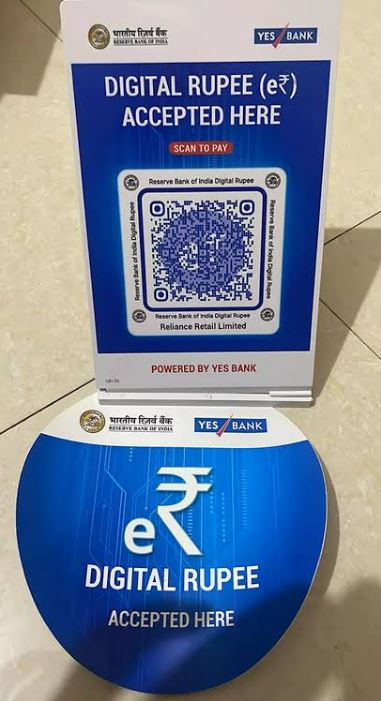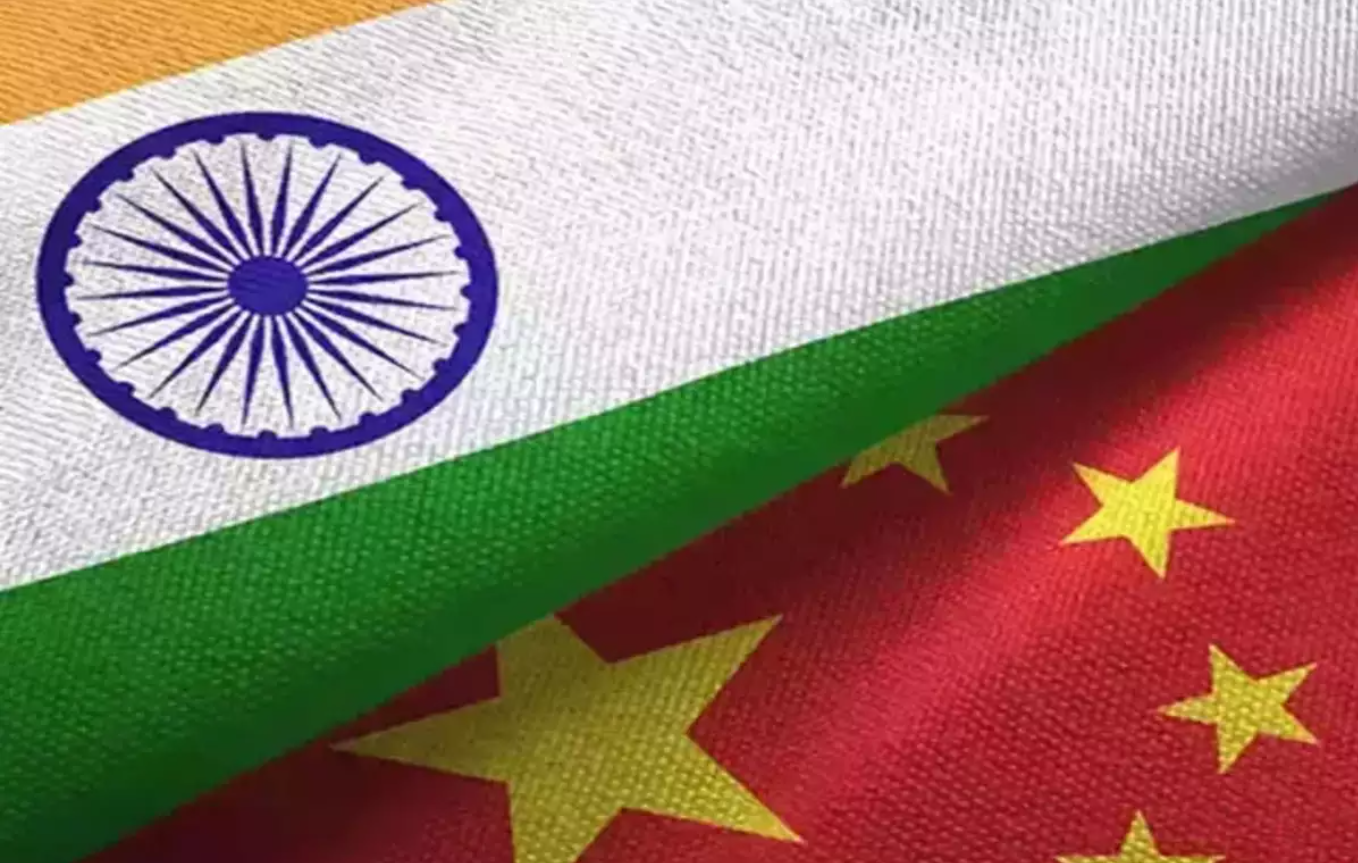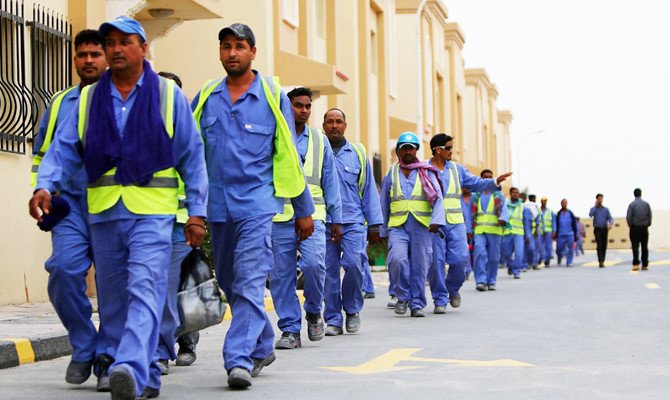RBI to Enable CBDC Payments via UPI QR Codes: A Leap Towards India’s Digital Currency Revolution

As India is exploring central bank digital currency (CBDC), the Reserve Bank of India (RBI) is gearing up to take a significant stride in its “eRupee,” the Indian CBDC venture. Soon, the RBI plans to enable CBDC payments through existing UPI QR codes, bringing ease and convenience to the usage of India’s national digital currency. With the deployment of this interoperability element, retailers and consumers alike can expect a seamless experience in transacting with the eRupee.
CBDC Payments via UPI QR Codes: A Major Development
The deployment of CBDC payments via UPI QR codes has been a long-awaited feature in India’s digital currency landscape. UPI scanners are already widely adopted for swift online payments across the country. By allowing CBDC payments through these existing QR codes, the RBI aims to enhance the accessibility and acceptance of India’s CBDC.
According to recent reports, during a G20 event, representatives from the RBI stated that this facilitation of CBDC payments through UPI QR codes will be implemented by the end of July. An official announcement on this matter is expected soon, bringing more clarity to the process and its implications.
Simplified Transactions for Retailers and Consumers
Once the service goes live, retailers accepting the eRupee CBDC as a payment option can effortlessly extend their existing QR codes to customers. Consumers can then seamlessly scan these QR codes to complete transactions using India’s national digital currency. This integration of CBDC payments with widely used UPI QR codes is expected to streamline digital currency usage in day-to-day transactions.
Currently, major state-owned and private banks such as State Bank of India, Bank of Baroda, ICICI Bank, HDFC Bank, Kotak Mahindra Bank, and Yes Bank are actively participating in the ongoing CBDC trials with the RBI. The trials also involve selecting small, medium, and large-level merchants to test the efficiency of CBDC transactions in real-life retail settings. Notably, Mukesh Ambani’s retail stores have been accepting CBDC payments in Mumbai since February 2022.
Understanding CBDCs: A New Frontier in Digital Currencies
CBDCs function similarly to cryptocurrencies, but they are regulated and issued by central banks. While digital currencies enhance online payment systems, they also reduce dependency on physical cash notes, leading to a more efficient and secure financial ecosystem.
The UK, China, Thailand, and Australia are a few other countries which are engaged in exploring and pilot testing of CBDC.
The pilot for India’s retail digital rupee, known as eRupee, was launched in key cities like Mumbai, New Delhi, Bengaluru, and Bhubaneswar on December 1, 2022. As the eRupee trials continue, RBI Governor Shaktikanta Das has expressed his belief that CBDCs will revolutionize the current currency system fundamentally.
RBI’s Vision for Global Adoption of CBDCs
Governor Das foresees CBDCs becoming popular globally, just like the Unified Payments Interface (UPI) has gained widespread popularity in India. As countries explore the potential of CBDCs, India is taking a proactive stance in testing and implementing its digital currency to stay at the forefront of the rapidly evolving financial landscape.
Way forward
The RBI’s move to deploy eRupee CBDC payments through UPI QR codes marks a significant leap in India’s digital currency journey. By leveraging the extensive reach and acceptance of UPI QR codes, the RBI aims to boost the use of the eRupee CBDC among retailers and consumers alike. As CBDCs pave the way for a digital future, India stands poised to embrace this transformative technology and redefine the way financial transactions are conducted in the country.







